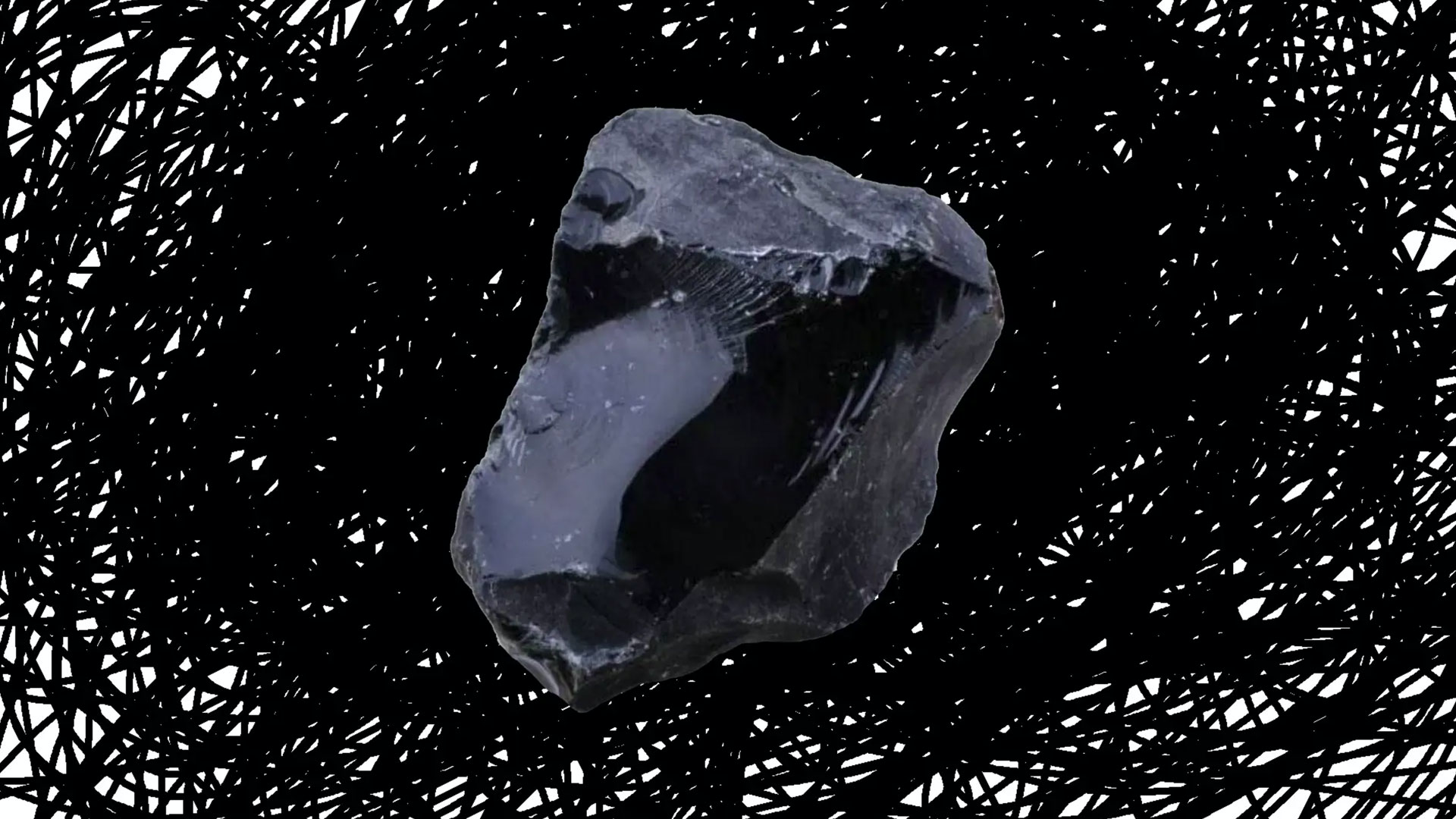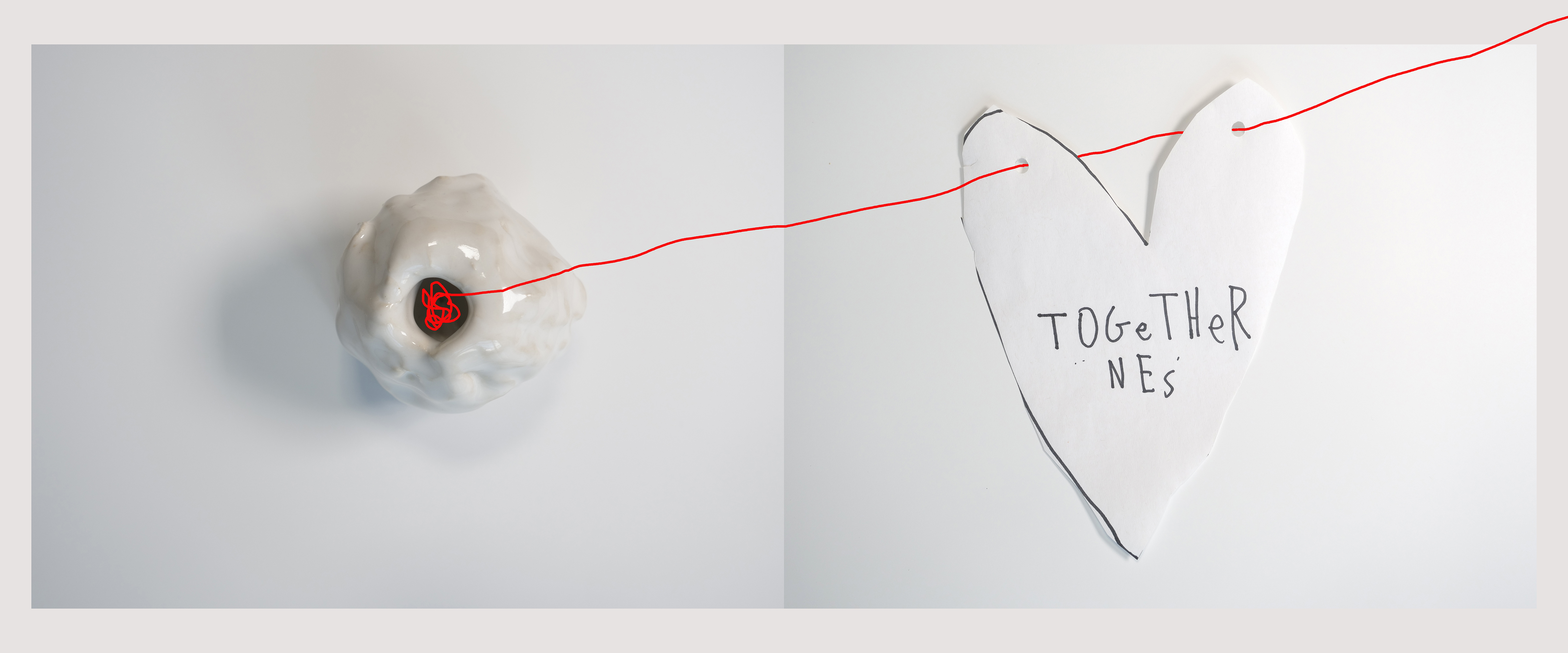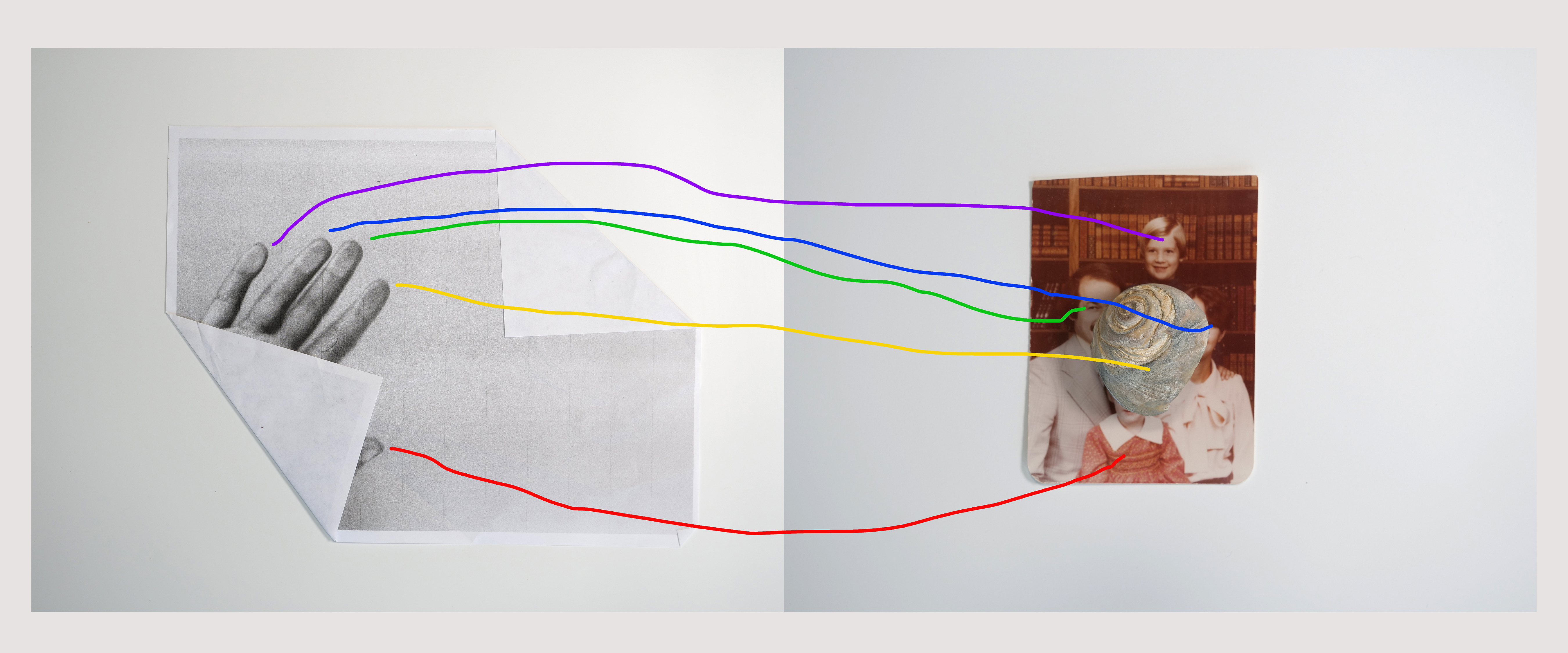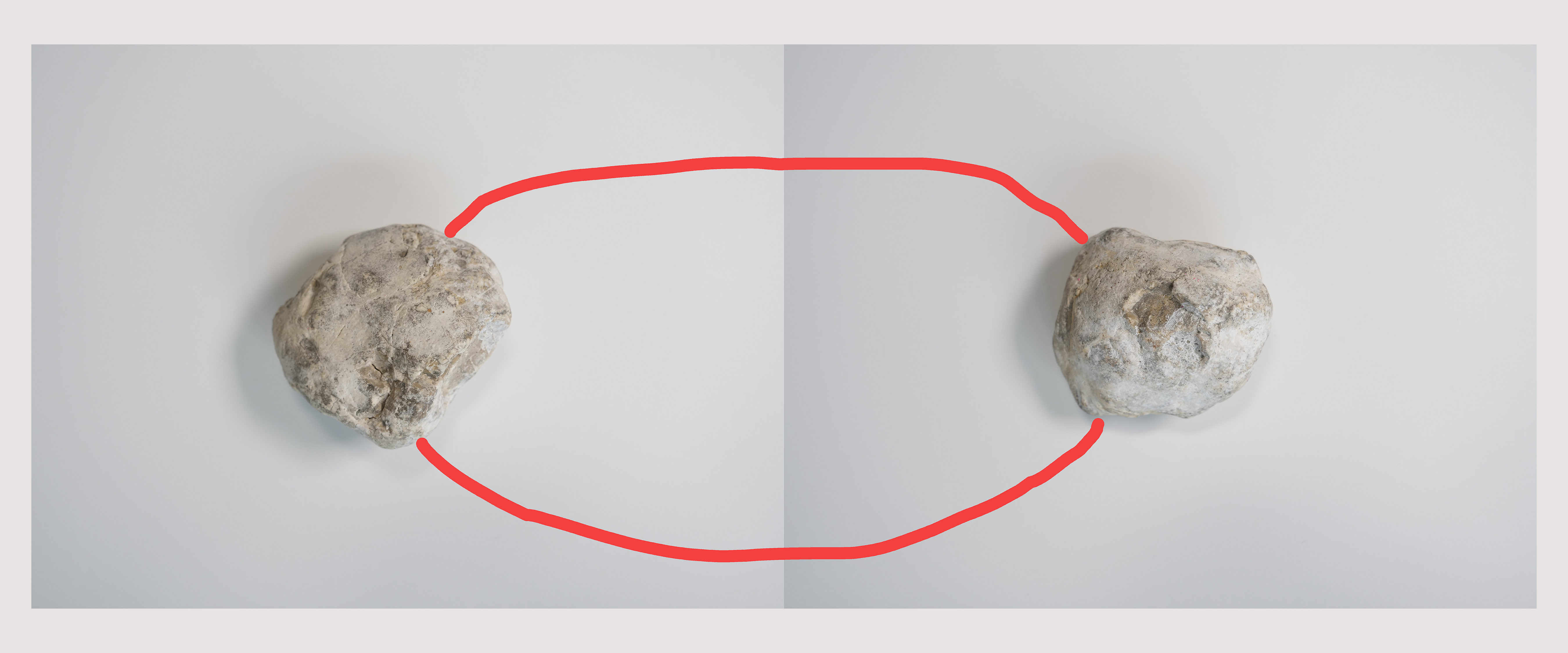Kara Hearn, Self modulation for a new age, 2021
Still from Video. 10:05
Still from Video. 10:05
Self modulation:
An interview with Kara Hearn on self-deprivation, not having a gallery, and always making your best work yet.
By Tusia Dabrowska
Kara Hearn’s work has been seen in leading museums and galleries in the United States and in Europe. Her socially-engaged practice spans video, performance and drawing. Increasingly, she views her work as an educator and administrator in the Film/Video Department at Pratt Institute as an extension of this practice. But she looks confused when I ask her when she knew she was no longer emerging. In this conversation, we talk about the luxury of studio time, developing your own voice while navigating the art world, and being grateful for every audience member you get.
A PDF of the interview is available here.
Tusia: At the beginning of the lockdown, as we were all scrambling to make sense of the life ahead, I found myself thinking about the home studios of women artists. This brought back many memories of visits, a decade apart, to the studios of two Polish Jewish women artists, Erna Rosenstein’s and Krystiana Robb-Narbutt’s (after her death). Looking back, these experiences were truly formative for me, and I now find myself going back to their work, especially their assemblages, fairly often. Could you share with us encounters with women and nonbinary artists (especially in the context of visiting their studios) that were formative to you?
Kara: When I first read this question, the studios of artist friends like Barb Smith and Sarah Cain came to mind. They both have these amazing studios that are thrumming with magic and energy. They feel like sacred spaces with collections of objects and tools of making flowing in and out of their work in beautiful seamless ways.
But then I started thinking about artists that were really formative for me and a lot of them have practices that are not bound to the studio, like Lygia Clark. Do you know her work? She's probably my greatest hero. She made work in Brazil in the 60s and 70s. Very abstract, sculptural work initially, and then she broke out and started doing interactive wearable art–a lot of sensory things activated by participants, and then things where people were intertwined and physically engaged with each other inside the work. She was really focused on creating ritual-like sensory experiences that were meant to be therapeutic for the audience.
Or, thinking back to undergrad and seeing Sadie Benning’s work for the first time. That was like, Whoa, okay, this is all the studio; me in the world is my studio. As much as I love the idea of having my practice really grounded in a private physical space, it isn’t something that I have particularly prioritized for myself, probably because I also harbor that nomadic freedom to practice anywhere and everywhere. And more and more I’m interested in conceiving of my other roles–as an educator and a higher ed administrator– as an extension of my art practice. The studio is always growing.
Tusia: A studio is a space of limitless possibilities. But we’ve quickly stumbled on the issue of permission and access. How do you balance being a working mom and being an artist?
Kara: I think when I had a kid, which was eight years ago, it took me a really long time to reorganize myself. Actually though, to be honest, before that I wasn't particularly efficient and didn't end up working regularly or often (laughs). And now that I have more demands on my time, I've figured out how to carve out that space in a regular way that really works for me.
When my son was maybe three I realized I wasn't giving myself any space (time or place) for my work. There was guilt about taking away from family time, but I was just too tired to do anything at night. But I was forcing it anyway. I told myself I had to make one thing every month, and I would wait till the last day of the month and then drag out all my equipment at nine o'clock at night and try to make a video. You know, it was fine. That work led to the work I’m doing now, but there was not a lot of joy in it. It wasn't feeding me. I was dry.
And finally I realized, I need Saturday mornings when I'm alert and awake, out of my house, away from everybody to be able to do this, and I feel like it's the most efficient I've ever been as an artist. When I had the luxury of time I didn't have the pressure to work at any particular time so more often than not, I didn’t. But after years of depriving myself of solitude and mental space, now when I get it, I am totally there. And as a bonus I’m a lot nicer when I get home so it is actually better for everyone.
Tusia: I want to ask you about the moment in your career when you knew you were no longer emerging. It’s not a question about age or status, but confidence in the kind of artist one is. And your work has that kind of confidence, so I’m wondering if you can tell us about the moment/work when you felt, OK, I know what I’m doing.
Kara: What’? I’m not emerging? I didn’t realize I wasn’t still an emerging artist until someone told me I wasn’t a few years ago. It's such a weird, fabricated term. I think because I haven't had commercial success (i.e. I don’t have a gallery) and I always have to work to find an audience, I still feel like I’m emerging. I guess it depends on what we are emerging from exactly. From youth? From graduate school? From obscurity?
But it’s funny and really nice to hear that the work comes across as confident in and of itself even though I’m toying with all these ideas of insecurity and anxiety. So in answer to the second part, maybe two months ago or maybe last year I started to feel like I know what I want to be doing here, I know what this needs to look like, and I believe there is something worth sharing here. I've gone through periods of really struggling to stay connected to my voice and vision. There’s the internal motivation to make work and the identity of being an artist, and then there are all of these external markers that we are trained to strive for and measure ourselves against. I got kind of sidetracked for a while being too focused on this trajectory of my career that I thought I was supposed to be following but that wasn't quite manifesting in the ways that I thought it would. I felt kind of discouraged by the amount of labor I was putting in, and the relative lack of audience. But a few years ago I was at an Ava DuVernay conversation with Questlove, and she was talking about how grateful she's been for every single audience that she's ever had—whether it was a screening room with three people or with hundreds of people—and I thought, I need to do that, focus on how many people have seen a project instead of how many people haven’t.
So I try to focus on the pleasure of making work, the pleasure of growing as an artist, of exploring new ideas. And being happy to share that with anyone at all. And when I need to cocoon and figure out, again, what it is I want to be doing, then I do it because that’s what needs to be done. I’m not pushing everything so hard anymore.
Object Study #10, 36 x 15”, 2020
Tusia: Many artists prefer working alone, but the Temp Files process is pretty unique as it is rooted in a cooperative model. How was it for you to develop work in this manner, what did you learn from it, and would you recommend it to other established artists?
Kara: It has been so great! I would recommend it to everyone. The model you and Michelle put together has worked so well. I don’t want it to end! Receiving a prompt to make something and getting to know a new community of artists and their work has been such a gift during this messed up year and the structure of having one month for conceptual development and one month for production was the best. I rarely give myself a full month to conceptualize a project and I never get feedback in the concept phase so that has been a revelation for me. I think that made my production month go pretty smoothly and even though I worked hard it was an easy process if that makes sense. And everyone is so smart and generous and supportive. It really has been a pleasure and we’re just a few months in. And this added bonus exchange–doing this interview and getting to interview Rachel is so nice. As soon as you sent me those first questions, I was like, Oh, this is so fun. Why don't artists have these conversations more often?
Tusia: I find your approach to this project quite brilliant. Do you plan to continue to explore this form of disembodied performance, or was it just situational? What drew you to this type of performance? Do you see yourself working in this mode again, or do you prefer to focus on the physicality of performance?
Kara: Yes I am definitely going to continue in this direction! I'm excited about this way of working for so many reasons. First I really like how disembodied I am as a performer in this video. I've always been interested in that narrative– being a presence on the edges of things who isn’t seen but who is felt, who holds everything together—the person behind the camera, the character behind a series of videos, and now the mouse operator behind this weird use of Photoshop– a simultaneous presence and absence that feels both mystical and ordinary.
I've played with drawing and specifically drawing in Photoshop for years, not quite knowing what I was doing. I’ve also always enjoyed making collages and have recently been photographing arrangements of objects that I draw on top of, so to be able to merge all of those practices in one place with video and performance is really cool. And then there's the simplicity of it, the ease of making. We’ve talked about that in our Temp Files group. I initially felt guilty about how easy it is to work in this way. But now I’m like, that's awesome.
Finally, it opens up new possibilities and new sites of ritual and performance. I have always been into the economy and minimalism of using whatever is on hand in my work and this is the digital version of that which is a natural progression during a year that has been lived, what, 70% digitally and online, through screens? For me it feels like a quiet act of resistance to insert healing rituals where you’d least expect them, to reclaim mundane corporate spaces for alternate uses, for queer uses.* It’s the resacralization of the world.**
Tusia: For this video, you developed an ASMR sound design. It’s fun to play sounds back at volumes that don't exist in the natural world. Is this something you want to explore further? Should we wait for a Kara Hearn ASMR album?
Kara: I'm not a person who gets ASMR tingles so I don’t have any business putting out an album, but I do find the minimalism and the texture of the sounds to be very pleasing. And watching the videos, they're so strange aesthetically and the performances are disturbingly intimate in a really interesting way. The misuse of mundane materials and actions for an alternative purpose- to counter anxiety, to stimulate pleasure- this is, of course, right up my alley and well aligned with what I was going for in this project. And the mouse clicking sounds were already doing an ASMR kind of thing so I developed it a bit further. There is a quiet radicalism to it that I love.
* From the brilliant Sara Ahmed https://feministkilljoys.com/2018/11/08/queer-use/
**From a book about chaos theory I was into as an undergrad at UC Santa Cruz “Trialogues at the Edge of the West: Chaos, Creativity, and the Resacralization of the World” now “Chaos, Creativity, and the Cosmic Consciousness” by Ralph Abraham, Terrence McKenna, and Rupert Sheldrake.
https://www.simonandschuster.com/books/Chaos-Creativity-and-Cosmic-Consciousness/Rupert-Sheldrake/9780892819775
February 2021





